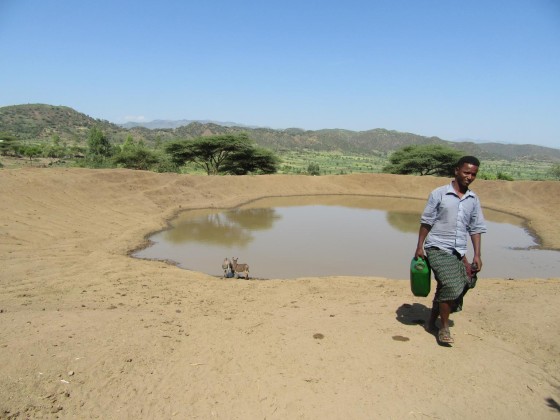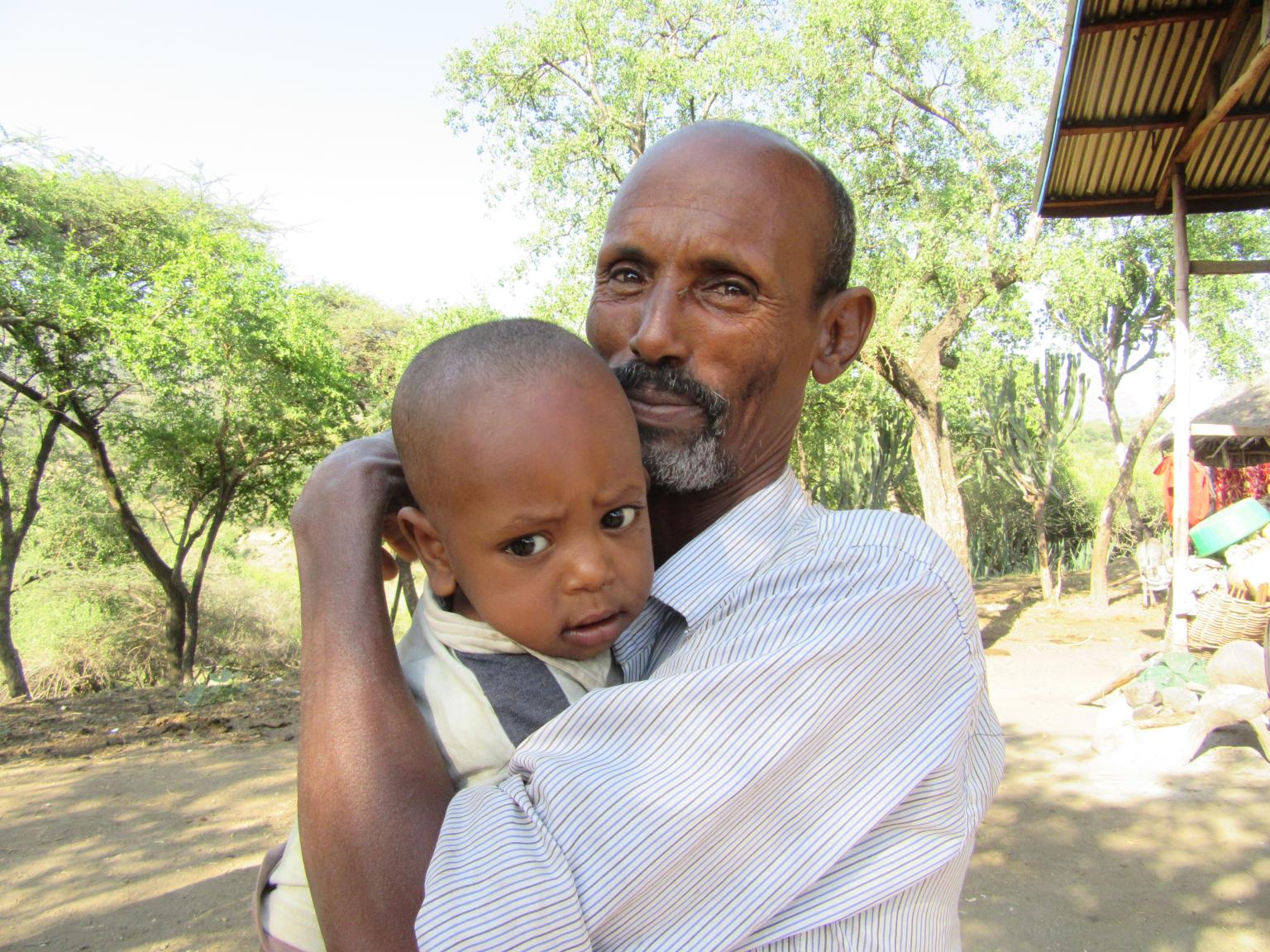NORTH WOLLO, Ethiopia — For decades past, poor Ethiopians lived at the mercy of a royal court that neglected them and a military junta that imposed upon them a dysfunctional command economy. When the rains didn’t come, hundreds of thousands of people starved to death.
Government officials say this year the drought is just as bad as those infamous events that sparked famines in 1965/66, 1972/73 and 1984/85. It’s harvesting time in North Wollo, the most drought-sensitive area of the country, and farmers here say their crops have failed. The annual meher rains fell only for three days. Hunger and malnutrition has risen sharply, affecting millions.

